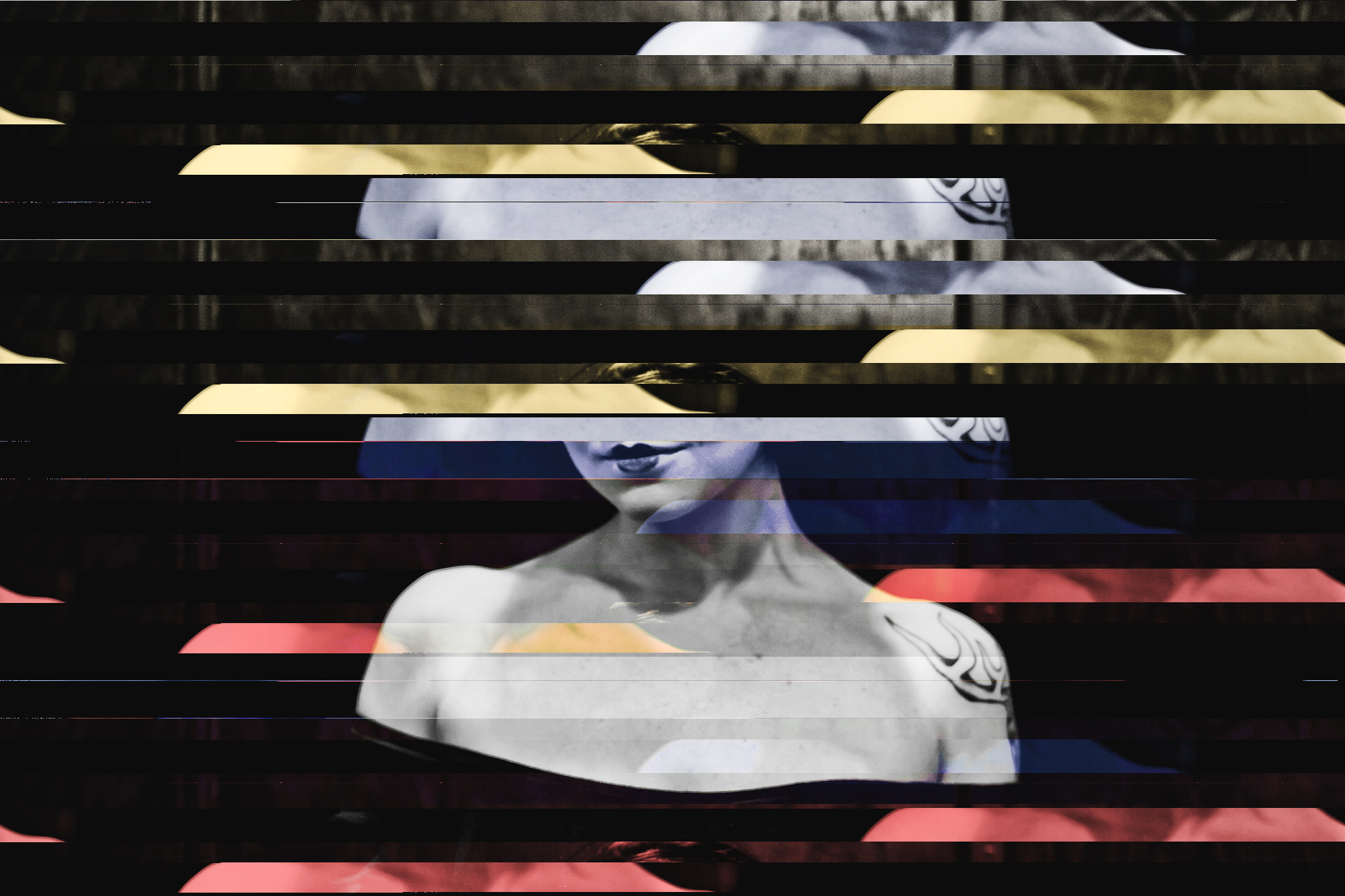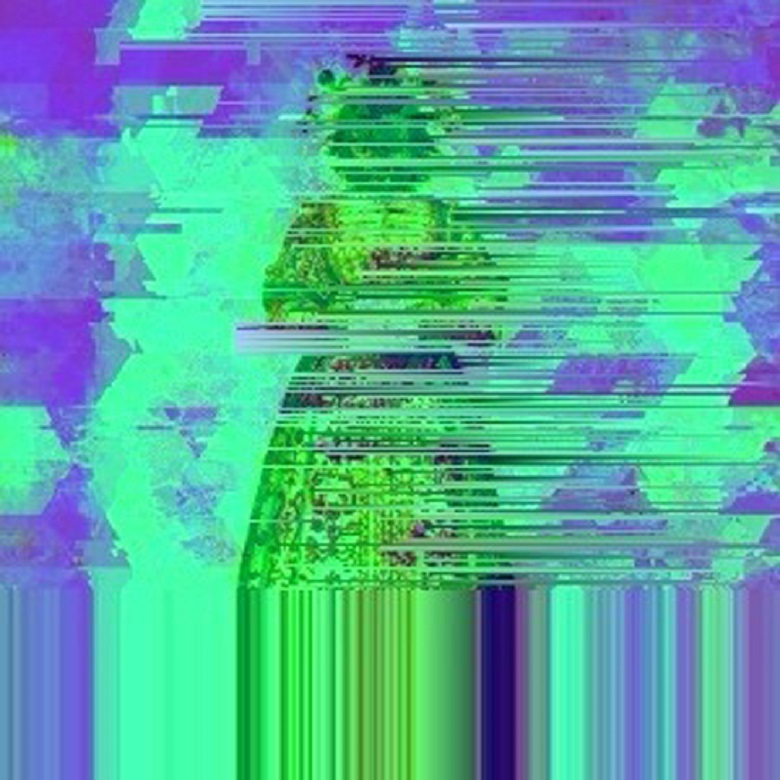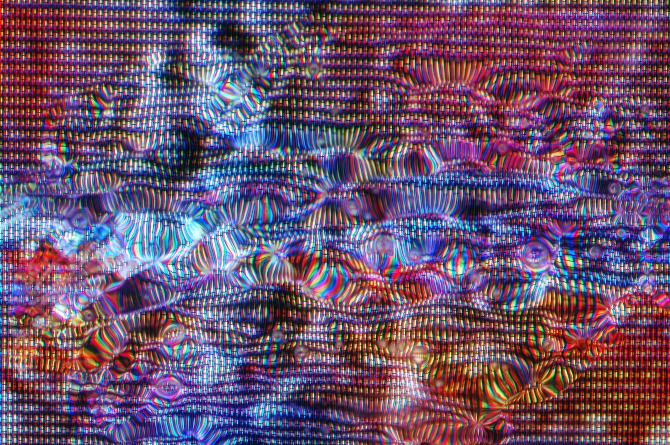Questioning Constructed Narratives

Image © Stephen Lofstrom
In his treatise Simulacra and Simulation, French philosopher Jean Baudrillard refers to signifiers as substitutions for reality. Anything tangible or intangible can be made to represent something else until it ultimately becomes identified as the reality itself — an oppressive and substitute hyperreality. In turn, Phillip Stearns cites Umberto Eco’s influential essay, Travels in Hyperreality, as reflective of such blurring lines between reality and artificiality. In this essay, Eco wrote about pop culture phenomena and the ways in which they perpetuate a world of illusion that has become entirely normalized. The primary concern identified by both Baudrillard and Eco is that these layers of representation are cultural constructs that are accepted as truth, so that a viewer’s perception is dictated by fabricated representations.
The acceptance of a precedent of meaning represents submission to the controlling motivations behind them or, as in Baudrillard’s words, as an abandonment of self. The expectation that artistic content be absolutely representative of something in order to be relevant perverts the individual experience of meaning. Emotional response, symbolic association and historical relevance within a work of art can then remain unchallenged, and the viewer becomes a tool of perpetuating the mechanisms of meaning.
“Trying to second-guess what will produce an emotional response is a fool’s guessing game. […] In my own digital work, before I went black and white,” Scott explains, “I tried to use color to convey themes and emotions. I’m not convinced glitch art was the right vehicle for this kind of treatment.”


Images © Sabato Visconti
Glitch art enables artists to not only experiment with the capacity to alter these meanings by visually channeling image distortion, but to also question the relevance of any absolute representation. When the same images are preserved in their original form, we unquestioningly accept the modes in which we receive their visual information; we interpret them based on familiar symbols, triggers and definitions. But corrupted image that contains no intentional signifiers is inherently useless. Glitch is naturally a strong vessel for communicating the corruption of reality through the experience of meaning. Not only do glitched images use the mediums that create the hyperreality Eco defines through pop culture references – such as television stills, photographs, and other digital artifacts – they actually subvert their constructed meanings through an aesthetic of destruction.
If, on the other hand, we are to perpetuate the systems through which we assign meaning in glitch art, then we are avoiding the potential of glitch art to initiate important conversation about the validity of these constructs. The resulting collision of intentional meaning and purposelessness within glitch art stimulates the potential of ambiguity. Instead of blatantly assigning narrative to visual works, artists can simply hint at it. It’s vague, it’s elusive, and it’s noncommittal, but it forces viewers to become active participants not only with the artistic product, but with the context that gives it shape. This shifts a sense of responsibility onto the viewer, as opposed to sustaining their role as a passive recipient of information. Here lies one of the most important aspects of glitch art — the viewer is no longer an accessory to the artwork, and there is no abandonment of self.
So while glitch artists are increasingly experimenting with ways in which they can communicate deliberate messages, the absence of meaning within glitch art is still equally relevant, even if its only form is as a catalyst for discussion. As a collective movement, glitch art is at a stage where participants, be they artists or audiences, can reconcile the paradoxes that have resulted from years of experimentation.


Images © Yaejin Lim


Images © Mathieu St-Pierre
GLITCH ART INFLUENCES & CONCEPTS: PART 3
Stephen “Leafriver” Lofstrom


“Any common themes I could give weight to would be shape or color. I work with glitch layers mainly for its effect and a lot of the time they’re the epitome of a happy accident. Geometrical design often comes near the end and has more deliberate intention behind it. It really suites human forms and more often symmetrical animal prints. Recognizable images are a reflection of my use of public domain stock but some figures, like Natalie Wood, have personal meaning to them.
I like using really old pre-social movement photos, native art (because of my Métis background) and anthropomorphic images too, they hold a lot of untapped potential in their energy. Updating imagery can be fun as much as it is a responsibility, glitch seems like a nice medium most of the time. Other times glitch & data bending don’t work so well so it’s not a constant part of the process.” – Stephen “Leafriver” Lofstrom”
Yaejin Lim


“While a video is playing on a TV, I disfigure the TV images and capture them with a camera. In the process of disfiguring and capturing thousands of images, I find my ‘ah-ha’ moments when the distortion of the image and its beauty harmoniously mingle with each other to invoke in the viewer an intense emotional response.” – Yaejin Lim
Anton “vade” Marini // Glitch Generation & Intrastructure



“I’ve been intrigued by the idea of machine sentience – as a way to explore and contrast human sentience and experience. That performance [Glitch Generation] was an exploration and re-experiencing of living in a city, dealing with urban environment, and the emotional landscape that it brings. It is a very masked and abstracted narrative told through the lens of a broken machine attempting to understand its surroundings, desperately trying to make sense of garbled emails between lovers, the nightly news, dark alleyways and dimly lit urban environments, towering skyscrapers, artificial light, highways, subways, people, the occasional park, tree, and plant – how would it parse and interpret that environment?
Each audio-visual track ended up being an exploration/examination of specific environments visually and sonically, attempting to capture them, view them, mash them together in a way that perhaps, a broken machine might. We’re all broken machines in a sense… Most of my work with video is derived from footage I’ve shot myself – sampling the urban environment, focusing on texture, qualities of light and motion. Terry Golub (of Aerostatic) works similarly with field recordings. Then we both take these recordings and bend them with various processes to make the resulting piece. Terry would give me a sound or a work in progress for me to compose visuals to – or I would show him something I shot and was playing with compositionally – and he would compose audio to it.
The result of sampling the real world (versus surgically pristine computer generated visuals and audio), is a subtlety of texture, focus and detail that I enjoy greatly – and the same with sound. With video you can juxtapose multiple perspectives of the same reality on top of one another. Sonically you can play recordings of a subject from different times, at the same time, multiplexing these perspectives. Layering them visually and sonically can quickly give you an abstracted view on something real, that you can move in and out of focus of – like a word on the tip of your tongue, a layer of images that momentarily nets you a glimpse of something to hold on to, a sound that briefly reminds you of something you’ve heard.
Dreams feel similar to me, a cascade of moments you’ve experienced, that your mind is playing back to you with loose associations, out of order; textures, sights, sounds from a vast experience co-mingling to make a new, strange ephemeral reality.” – Anton “vade” Marini







[…] The Radical Capacity of Glitch Art: Expression through an Aesthetic Rooted in Error: http://www.redefinemag.com/2014/glitch-art-expression-through-an-aesthetic-rooted-in-error […]
[…] Lital. (2014) The Radical Capacity of Glitch Art. Redefine Magazine (Online) – http://www.redefinemag.com/2014/glitch-art-expression-through-an-aesthetic-rooted-in-error/ – Accessed […]
[…] – Redefine Magazine – American Online Publication – Interview […]
[…] Sabato. In Khaikin, Lital. (2014) The Radical Capacity of Glitch Art. Redefine Magazine (Online) http://www.redefinemag.com/2014/glitch-art-expression-through-an-aesthetic-rooted-in-error/ – Accessed […]
[…] http://www.redefinemag.com/2014/glitch-art-expression-through-an-aesthetic-rooted-in-error/ – Accessed […]
[…] Lital Khaikin’s superb rundown of “glitch” as a mode of representation in Redefine, “The Radical Capacity of Glitch Art: Expression through an Aesthetic Rooted in Error,” we’re introduced to an impressive range of professional “glitch” artists whose goals with […]
[…] http://www.redefinemag.com/2014/glitch-art-expression-through-an-aesthetic-rooted-in-error/ […]
[…] Boone cites “The Radical Capacity of Glitch Art: Expression through an Aesthetic Rooted in Error“. […]
[…] Sotiraki cites my article from February 2014, for Redefine Magazine: “The Radical Capacity of Glitch Art: Expression through an Aesthetic Rooted in Error“. […]
[…] ARTICLE: THE RADICAL CAPACITY OF GLITCH ART: EXPRESSION THROUGH AN AESTHETIC ROOTED IN ERROR // for REDEFINE […]
[…] the full article here: The Radical Capacity of Glitch Art: Expression through an Aesthetic Rooted in Error […]